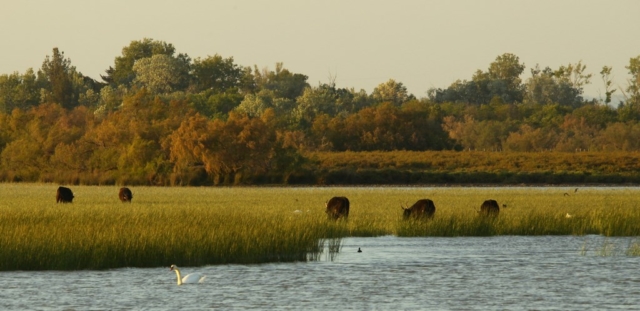Healthy wetlands are ecosystems of great ecological and economic value to human societies. They are rich in biodiversity, help us to adapt to and mitigate extreme climate events, ensure our well-being and can contribute to the achievement of many Sustainable Development Goals (SDGs).

However, these ecosystems are at high risk of degradation and loss due to climatic and other anthropogenic impacts, resulting in changes in their habitat types and ecosystem functions.
Given the potential extent of these threats, the situation requires effective wetland protection plans based on habitat mapping. Successful development, implementation, monitoring and evaluation of public policies for wetland conservation and restoration in France requires reliable and homogeneous knowledge of these ecosystems, their types, their location and their surface areas on a national scale…a need that has been underlined by the parliamentary report “Terres d’eau, Terresd’avenir” and the latest National Action Plan for Wetlands.
Therefore, the provision of a national mapping of wetlands and an assessment of their functions and values represents a useful tool for establishing baselines for monitoring and identifying changes in these ecosystems, their degradation, and the responses needed for their restoration.
In this regard, the Directorate for Water and Biodiversity (DEB) of the Ministry of Ecological and Solidarity Transition is working to improve knowledge of wetlands at the national level and produce a map of these environments. In this work, the Department is accompanied by a scientific team composed of the University of Rennes 2, the UMS PatriNat (OFB-MNHN), the Agro Institute, INRAE and the Tour du Valat. The results of this will support the driving of public policies for the preservation, management and restoration of wetlands.
The project will be implemented in ten catchment areas, in various ecological contexts, with a total surface area representing approximately 10% of the territory of Metropolitan France. The project has three components:
For more information, please consult: